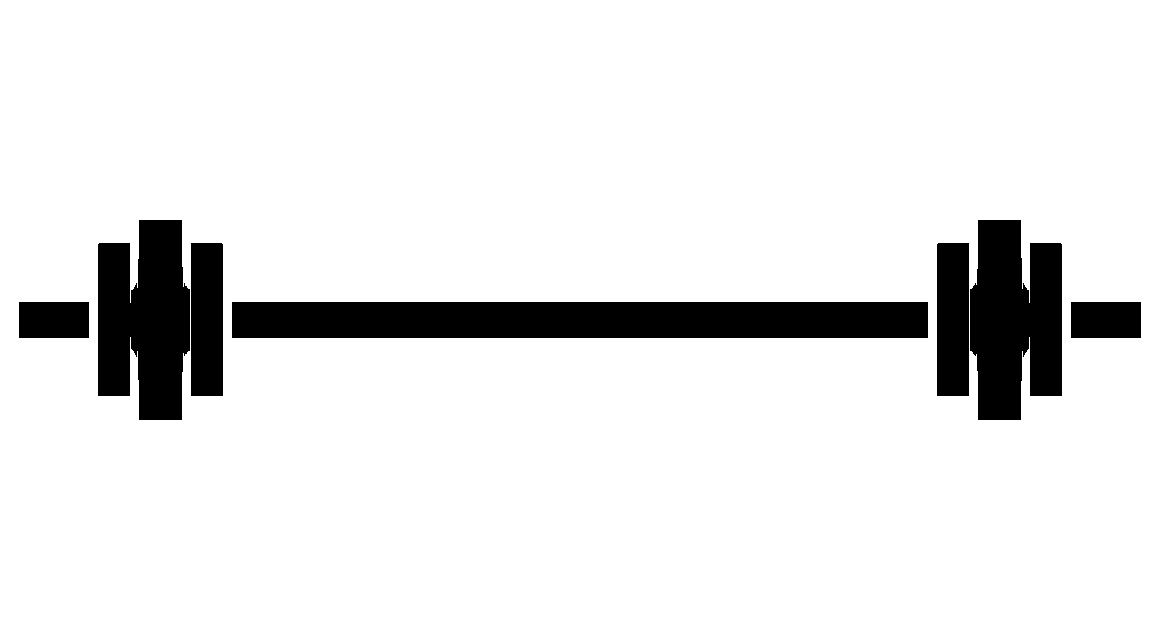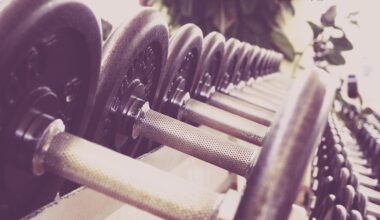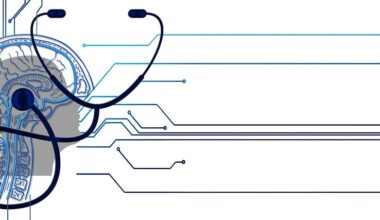Benchmark Workouts to Enhance CrossFit Olympic Lifting Skills
CrossFit benchmark workouts contribute significantly to developing Olympic lifting skills. Different workouts emphasize specific lifts, giving athletes the chance to improve their mechanics, strength, and endurance. These benchmarks often test various aspects of lifting proficiency, revealing strengths and weaknesses. Workout for time, EMOM (every minute on the minute), and AMRAP (as many rounds as possible) formats provide unique challenges. Some well-known benchmark workouts include “Fran,” “Helen,” and “Grace.” Each of these classic workouts engages the Olympic lifts, requiring technique and power for completion. Tracking performance over time allows for goal setting and assesses progress. With consistency and dedication, athletes can experience significant improvements in their lifting abilities. Moreover, benchmark workouts create a competitive atmosphere, enhancing motivation among athletes. Working alongside peers during these sessions fosters accountability and camaraderie. Adapting these workouts for individual needs and skill levels is vital for effective training. Tailoring programming ensures personal challenges are met without compromising safety or technique. Lastly, participating in these benchmarks can elevate overall fitness performance, making athletes more proficient and confident lifters in the CrossFit realm.
Focusing on specific CrossFit benchmark workouts allows athletes to sharpen their Olympic lifting skills further. These workouts facilitate the development of refined technique and explosiveness, which are crucial for successful lifts. In particular, working on the clean and jerk, as well as the snatch, is essential for any aspiring CrossFit athlete. Engaging in dedicated sessions for these lifts enhances coordination, balance, and overall body awareness. Incorporating weightlifting accessories also serves as an effective strategy to promote improvement and build strength. Exercises such as snatch pulls, clean pulls, and overhead squats directly impact Olympic lifting performance. Moreover, working with a coach or experienced athlete can provide valuable feedback for refining technique. Observing form, grip, and breathing patterns vastly enhances understanding and execution. Furthermore, regular competition brings excitement to workouts and fosters a learning environment. Athletes may even discover new goals and motivations in fierce competition with peers. That said, ensuring safety must remain non-negotiable across all sessions. Proper weight selection is fundamental to prevent injury and allow for adequate lifting. A balanced approach combining skill practice and strength workouts yields the best results for developing Olympic lifting abilities within the CrossFit framework.
The Importance of Tracking Progress
Measuring progress is vital for anyone engaged in Olympic lifting within CrossFit. Regularly documenting personal records and benchmarking exercises helps athletes evaluate their performance and identify areas needing improvement. This process enables athletes to recognize their unique strengths, weaknesses, and skill gaps. Using a workout log assists in recognizing patterns and understanding how various workouts impact overall lifting capabilities. It is beneficial to categorically organize lifts, including movement patterns, weights lifted, and achieved times. Utilizing technology, such as fitness apps and wearable devices, further enhances tracking capabilities, offering real-time insights into performance metrics. Additionally, understanding these metrics leads to smarter training decisions and personalized programming. Establishing performance goals related to benchmark workouts encourages individuals to challenge themselves consistently. Such goals promote a growth mindset, driving athletes toward continuous self-improvement. Another important aspect of tracking involves setting realistic timelines, maintaining motivation throughout the training process. Sharing progress with peers or coaches creates a supportive atmosphere for accountability and learning. Be open to receiving feedback and constructive criticism, as these can contribute significantly to performance enhancement. Ultimately, tracking progress serves not just as a means to measure success but also fosters new skills and encourages a lifelong commitment to fitness.
Incorporating mobility work into CrossFit benchmarks enhances Olympic lifting performance tremendously. Many athletes overlook the importance of mobility when focusing solely on strength gains. However, adequate range of motion is crucial in executing lifts effectively and maintaining proper technique. Dynamic stretching and specific mobility drills help improve overall functionality and flexibility, significantly impacting lifting proficiency. Incorporating exercises such as overhead squats and deep lunges can unlock the necessary movement patterns for successful lifts. Targeting regions of tightness and discomfort allows athletes to reduce injury risk. A well-rounded mobility routine should address major muscle groups involved in Olympic lifts, including the shoulders, hips, and ankles. Implementing mobility as part of the warm-up and cooldown process further reinforces its importance. This practice enables athletes to recover more efficiently while enhancing performance across workouts. Moreover, spending time focusing on mental preparation also enhances overall effectiveness. Mindfulness techniques and visualizations can positively influence an athlete’s confidence and focus during lifting sessions. Engaging the mind in conjunction with improved mobility sets the stage for skill refinement and athletic growth. Ultimately, integrating mobility directly into CrossFit benchmarks will lead to improved Olympic lifting capabilities.
Nutrition’s Role in Performance
Nourishing the body appropriately plays a significant role in every CrossFit athlete’s Olympic lifting success. A balanced diet ensures that athletes adequately fuel their performance, promoting strength gain and recovery. Consuming sufficient macronutrients like protein, carbohydrates, and healthy fats is vital for optimal energy levels and muscle repair. Strategic meal timing around workouts maximizes the benefits derived from training sessions. Moreover, focusing on hydration remembers the importance of maintaining adequate fluid levels to bolster performance, prevent fatigue, and reduce injury risk. Athletes should prioritize whole foods to supply essential vitamins and minerals necessary for overall health. Timing meals can further enhance workout performance, ensuring adequate energy for lifting. Emphasizing nutrient timing, athletes should consume carbohydrate-rich snacks before workouts to stimulate strength and energy. Post-workout, prioritizing lean protein aids effectively in muscle recovery, enhancing performance in subsequent training. Additionally, individuals should monitor their hydration levels carefully, as dehydration can significantly impair lifting capability. Consistent attention to nutrition fosters an environment where athletes can further hone their Olympic lifting skills. Finally, it enriches overall wellness while deeply contributing to improvement in CrossFit benchmarks by supporting effective training protocols.
CrossFit benchmark workouts effectively develop community support and competition, promoting excellence in Olympic lifting. Engaging in workouts as part of a team encourages collaboration and motivation from fellow athletes. The camaraderie shared among participants enhances the overall workout experience, driving individuals to push their limits. These shared goals create an encouraging atmosphere that fosters learning and growth among athletes. Additionally, regular benchmark workouts provide opportunities for friendly competitions, testing their skills against one another. This social dynamic adds excitement, increasing participants’ drive to improve. As athletes work together, they can motivate and style their training sessions appropriately based on shared experiences. They freely exchange strategies, tips, and feedback that boosts overall performance. Embracing a sense of community fosters accountability, pushing individuals toward consistent training and participation. Steps towards improvement are enhanced through tracking progress and celebrating achievements collectively. The support network built through teamwork helps athletes tackle challenges, escalates goal setting, and spurs continual improvement over time. Moreover, seeing peers succeed revitalizes intrinsic motivation across all skill levels. The impact of community-driven workouts seals a commitment to Olympic lifting improvement within CrossFit benchmarks.
Conclusion
In conclusion, integrating benchmark workouts focused on Olympic lifts is vital for transforming CrossFit training. These workouts hone essential skills, including strength, technique, and body awareness, crucial for success in athletics. Tracking progress, enhancing mobility, optimizing nutrition, and fostering community establish effective training protocols. Focusing on personal accountability creates opportunities for continuous improvement amongst peers. Athletes gain unique insights into their proficiency through benchmarking, allowing them to develop tailored strategies to address specific weaknesses. Engaging with coaches and leveraging technology further refines skill acquisition, creating a robust training platform. Furthermore, community influence amplifies motivation, driving athletes to achieve personal goals. As they work together, foster collaboration and a supportive environment that ensures broader aims for the group. This collective energy reinforces a commitment to excellence in Olympic lifting. Emphasizing the necessity of overall fitness intertwines with performance goals maintains motivation throughout training. Those who invest time and effort into refining their skills can anticipate significant advancements. Recognizing the importance of benchmark workouts remains central to success with Olympic lifts. With dedication, perseverance, and the right mindset, athletes can attain impressive feats and continued growth within the vibrant world of CrossFit.
Through the lens of CrossFit, Olympic lifting becomes a transformative journey, promising remarkable strength gains and community engagement. It’s essential for athletes to embrace not just the physical challenge, but also the camaraderie surrounding these workouts. Benchmark workouts serve as pivotal opportunities for athletes to test their limits, track their growth, and foster relationships that last beyond the gym. Each successful lift marks a celebration of an athlete’s dedication and ability, motivating them to persist in their training endeavors. As individuals navigate this demanding yet fulfilling path, engaging with peers provides vital emotional support and accountability. It’s a beautiful experience when athletes find themselves inspired by one another’s progress, igniting a fire to push through personal barriers. The achievements, no matter how big or small, create a shared tapestry of success that bonds communities within the gym environment. As additional benchmarks are set and surpassed, there’s a collective sense of pride in contributing to an enriching experience. The impact of consistent dedication ultimately translates into personal and communal victories, reinforcing the importance of collective workouts around Olympic lifting in the CrossFit community.


